Descrizione
The language spoken in films or television programmes plays an important role in contemporary society not only as a consequence of the spread of mass media communication, but also because of the sociolinguistic impact of audiovisual products created in a language other than the one used by the recipient community. This book focuses on the language of audiovisual dialogue, analysed in its various forms, original and translated, filmic and televised. All the studies presented here approach their subject from multiple disciplinary angles, but share the view that dialogue performs a crucial function in audiovisual products, iconically reflecting the importance of conversation in everyday life, and thus deserves close scrutiny despite long-lasting neglect by linguists, film scholars and translation researchers alike. The volume is divided into two parts. Part 1 establishes some key concepts by bringing together different methodological and descriptive
perspectives on the specificities of audiovisual translation, the nature of “filmese” and “dubbese”, as well as the relationships between different types of scripted dialogues. Part 2 contains a variety of case-studies based on the Pavia Corpus of Film Dialogue addressing an array of linguistic and sociocultural issues such as phraseology, compliments and code-switching, which enable readers to engage more actively with the topic and encourage them to develop their own research responses. In testifying to the growing interest for this variety of scripted spoken language, the book contributes to a better understanding of audiovisual language and provides impetus for further research
on its structure and functions.

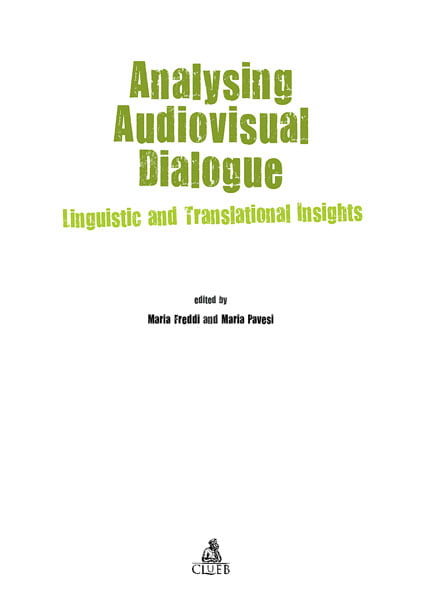
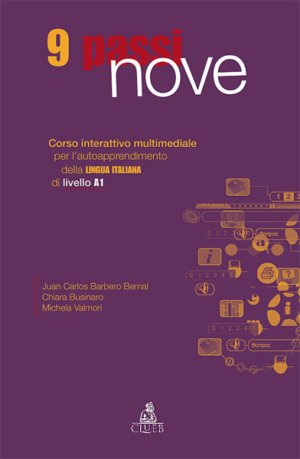
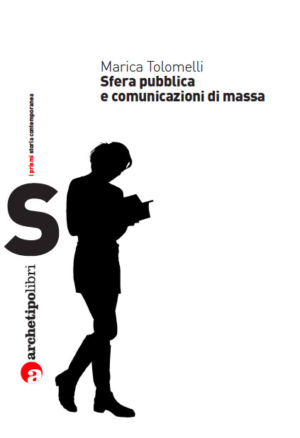

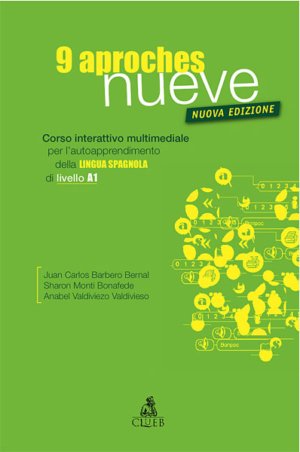



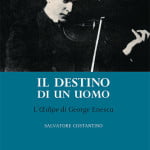
Recensioni
Ancora non ci sono recensioni.